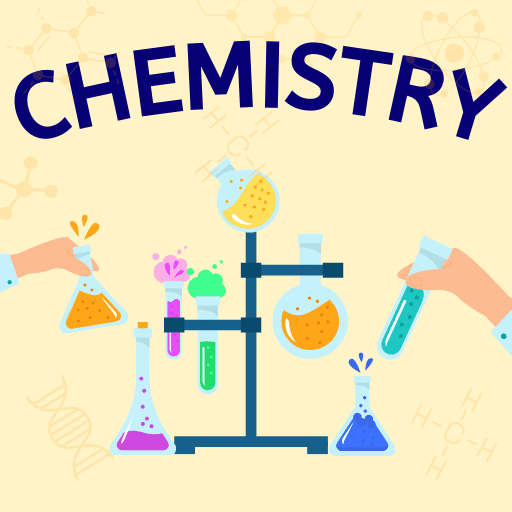Best Study Material for NEET Exam
NEET Exam > NEET Notes > Chemistry Class 12 > Question Bank: Haloalkanes & Haloarenes
Question Bank: Haloalkanes & Haloarenes | Chemistry Class 12 - NEET PDF Download
| Download, print and study this document offline |
|
108 videos|287 docs|122 tests
|
FAQs on Question Bank: Haloalkanes & Haloarenes - Chemistry Class 12 - NEET
| 1. What are haloalkanes and haloarenes? |  |
| 2. What are some common uses of haloalkanes and haloarenes? |  |
Ans. Haloalkanes and haloarenes have various applications in industries and laboratories. Some common uses include solvents, refrigerants, fire extinguishing agents, pesticides, pharmaceutical intermediates, and as starting materials for the synthesis of other organic compounds.
| 3. How are haloalkanes and haloarenes named? |  |
Ans. The naming of haloalkanes follows the International Union of Pure and Applied Chemistry (IUPAC) nomenclature system. The halogen is named as a substituent, with the prefix "chloro," "bromo," "fluoro," or "iodo" indicating chlorine, bromine, fluorine, or iodine, respectively. The position of the halogen atom is indicated by a number. In haloarenes, the halogen atom is named as a substituent attached to the aromatic ring, following similar rules.
| 4. What are the physical properties of haloalkanes and haloarenes? |  |
Ans. Haloalkanes and haloarenes generally have a higher boiling point and melting point compared to their corresponding hydrocarbons. This is due to the presence of polar bonds between carbon and halogen atoms, which results in stronger intermolecular forces. The density of haloalkanes and haloarenes is also higher than hydrocarbons.
| 5. How do haloalkanes and haloarenes undergo nucleophilic substitution reactions? |  |
Ans. Haloalkanes and haloarenes can undergo nucleophilic substitution reactions, where a nucleophile replaces the halogen atom. The reaction occurs through two mechanisms: SN1 (unimolecular nucleophilic substitution) and SN2 (bimolecular nucleophilic substitution). In SN1, the halogen atom leaves the carbon, forming a carbocation intermediate, which is then attacked by the nucleophile. In SN2, the nucleophile directly attacks the carbon, causing a simultaneous departure of the halogen atom. The reaction rate and stereochemistry differ between SN1 and SN2 mechanisms.
Related Searches
































